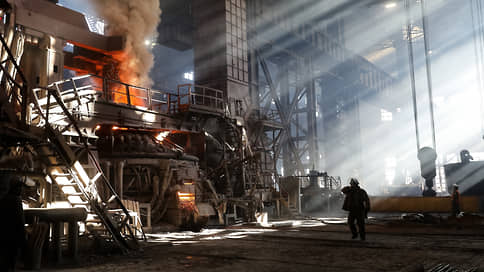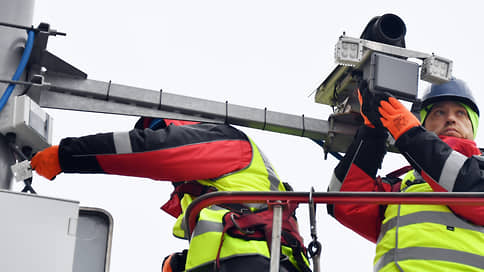Steel production in Russia is growing slower than other manufacturing countries

In April, Russia was in third place in terms of reducing steel smelting among ten key manufacturers. A year by the year, the indicator was reduced by 5.1% with an average INDER -decrease by 0.3%. The dynamics is explained by the fall of demand in the Russian Federation and the deterioration of the competitiveness of Russian steel in the world market.
According to the results of April, 5.8 million tons of steel were produced in Russia, which is 6.9% less than in March, and 5.1% less than a year earlier, the materials of the World Steel Association (WSA) say. For the current year, this is the largest decrease in an annual comparison. In March, the indicator decreased by 3.2%year by the year, in February – by 3.4%, in January – by 0.6%.
In terms of reducing smelting, the Russian Federation in April was in third place among ten key manufacturers, according to WSA.
Germany and Japan reduced the production for the reporting month – by 10.1% and 6.4% a year by the year, to 3 million tons and 6.6 million tons, respectively. India smelting (by 5.6%, up to 12.9 million tons), Turkey (by 7%, up to 3 million tons) and Iran (by 4.6%, up to 3.3 million tons) increased. Production in 69 countries that provide WSA data decreased by 0.3%to 155.7 million tons.
The interlocutor of Kommersant in a large metallurgical company explains the fall of smelting in the Russian Federation by reducing demand for steel in the domestic market: a high key rate slows down housing construction and infrastructure projects. The consumption of special products also weakens against the background of a financing shortage or displacement of project time, he adds. Analyst BCS Investment Akhmed Aliyev indicates that almost all industries, except mechanical engineering (with a focus on a military -industrial complex and import -substituting sectors), now limit metal consumption. According to his forecasts, according to the results of the first half of the year, steel production in the Russian Federation may decrease by 5-6% year by the year. In the second half of the year, the analyst continues, improvements are also not expected, since the key rate will remain high, and some revival is likely to be down from next year.
Dmitry Orekhov, managing director of the NCR rating agency, predicts that the total demand for steel in the Russian Federation in 2025 will be reduced by 5-7% of the year by the year. According to him, the negative trends in the market will remain until the geopolitical situation in the world is stabilized, domestic demand will be restored, primarily in the housing construction market, and the state-credit policy of the state will be softened.
In addition, more and more pressure on the steel market, both global and Russian, is provided by China.
According to WSA, in April, 86 million tons of steel were produced in China, which corresponds to the level of April 2024. In four months, steel production increased by 0.4% year by year, to 345.4 million tons. According to Kommersant’s interlocutor in a metallurgical company, due to “avalanches of Chinese exports”, which reaches the countries of Central Asia, the prices in foreign markets are now at a minimum in five years. And Russian steel in the global competitiveness market does not add ruble strengthening, the source of Kommersant indicates. According to Ahmed Aliyev, if the reports of China’s plans to reduce the smelting of steel this year by 50 million tons of truthful, then for May -December production in the country should fall by 7% of the year, and this seems “too aggressive”.
Metallurgical companies have to reduce production, so until June – July the pace of the decline will increase, says Viktor Tarnavsky, head of the analytical department of the industry publication, “Metal Square and Sales”. Then, he indicates, only the effect of a low base will work. According to him, the real support of the industry could be reduced by the key rate to at least 10-12%, as well as large state investment.








